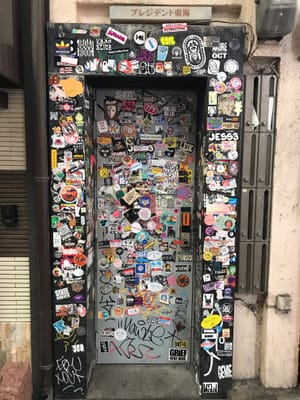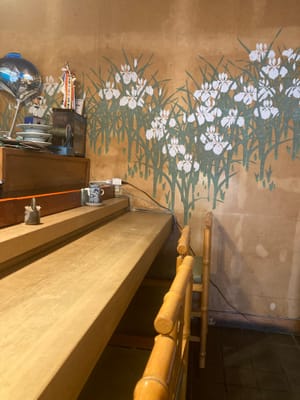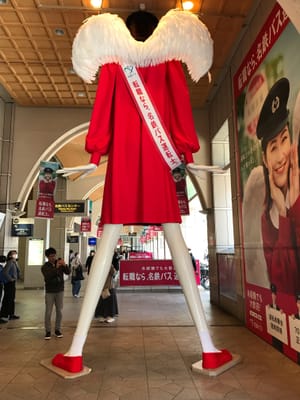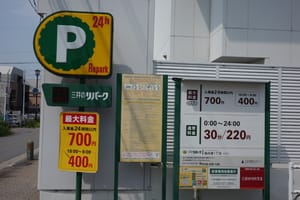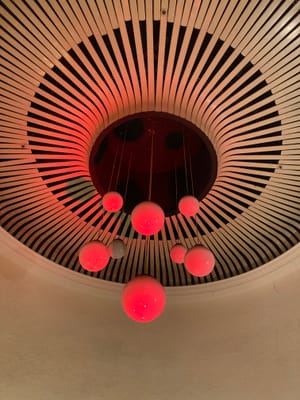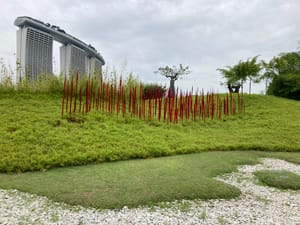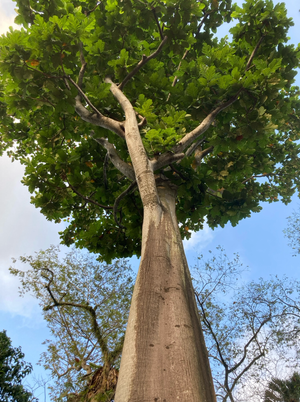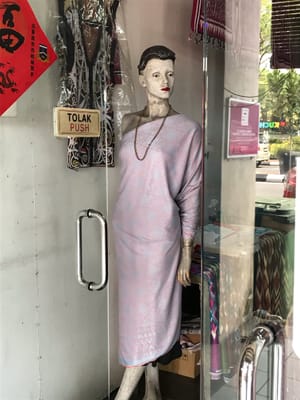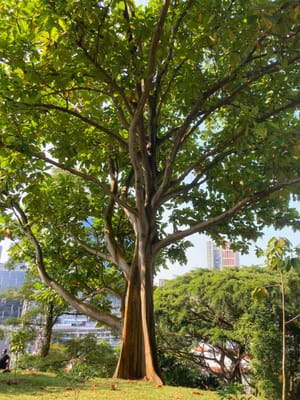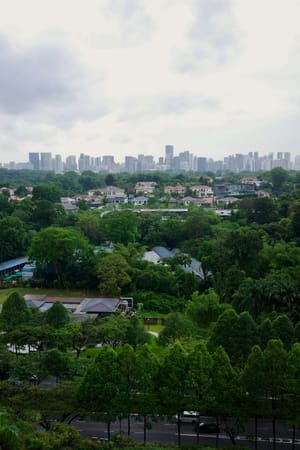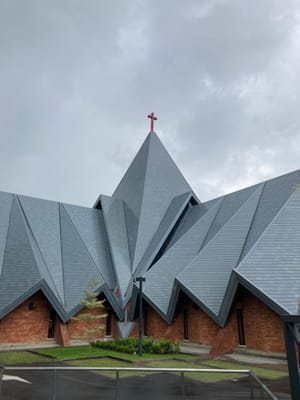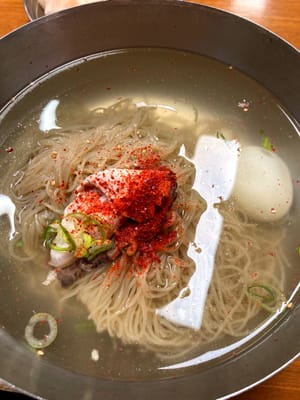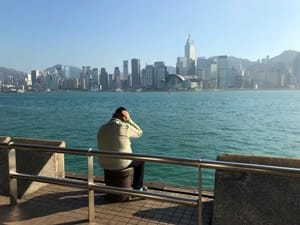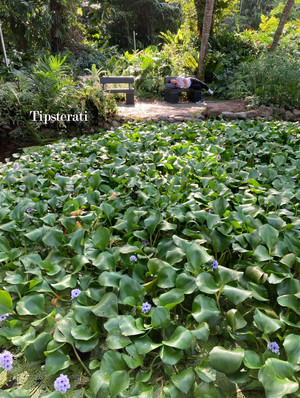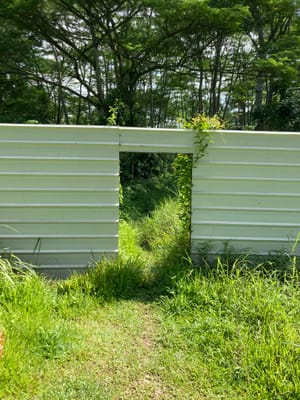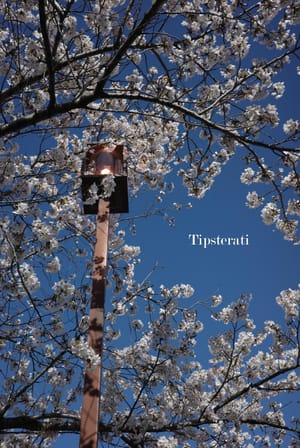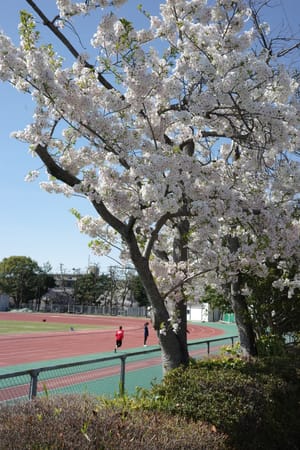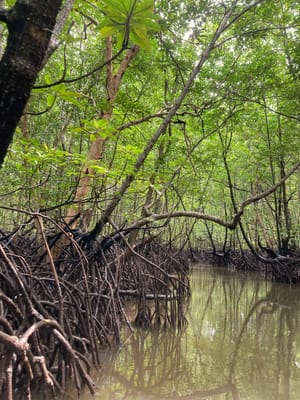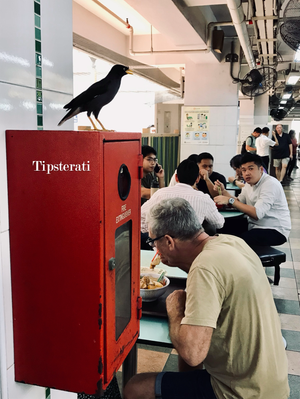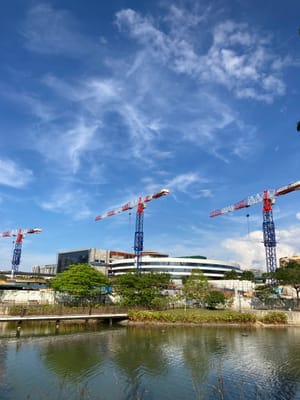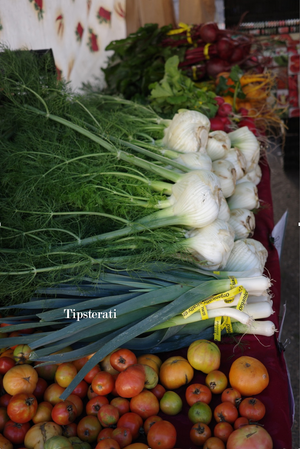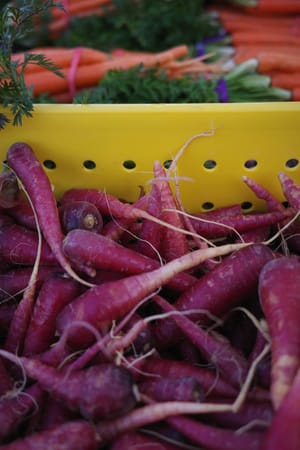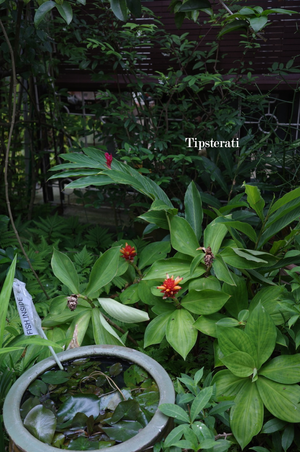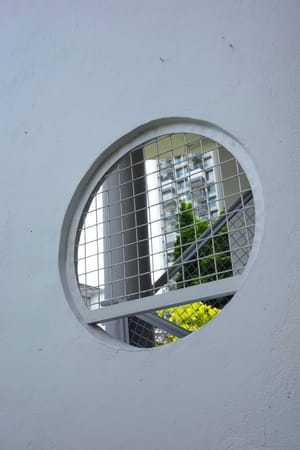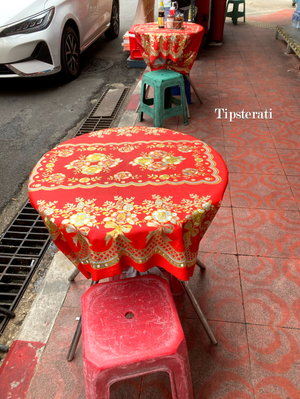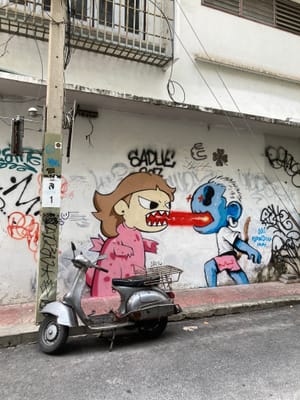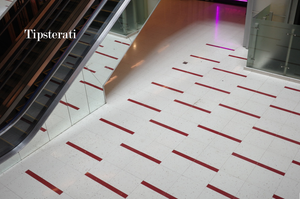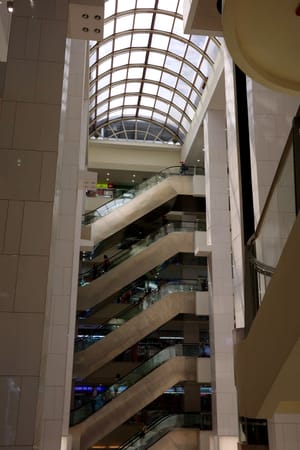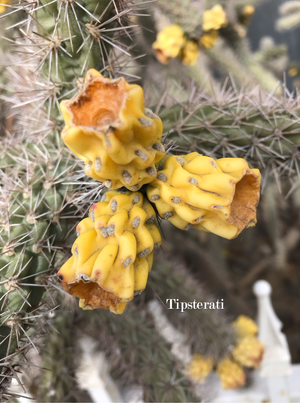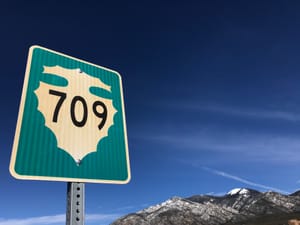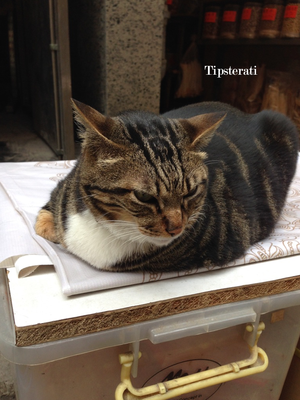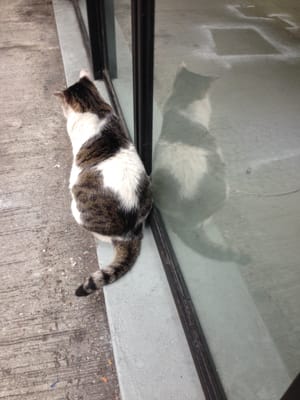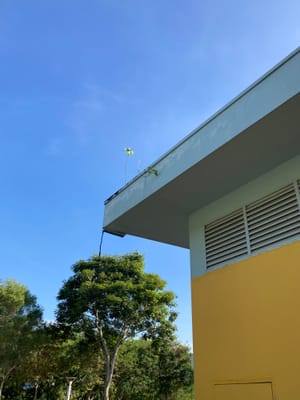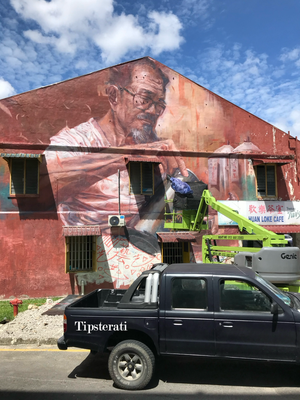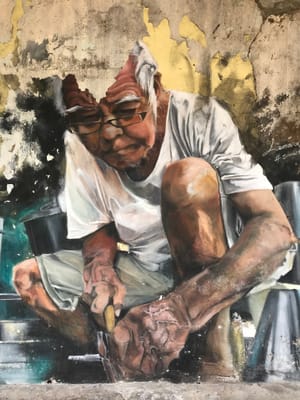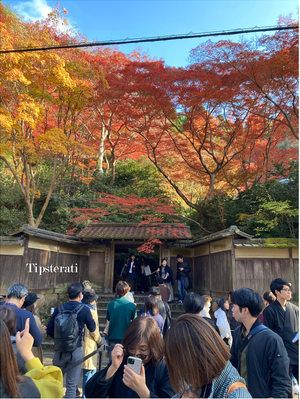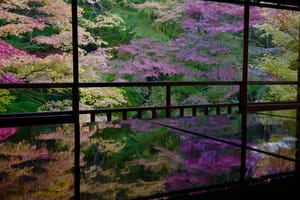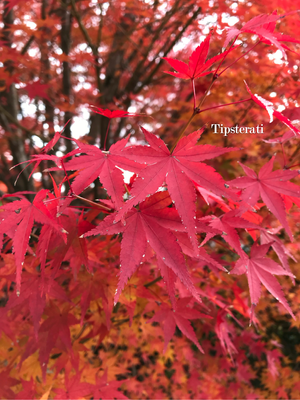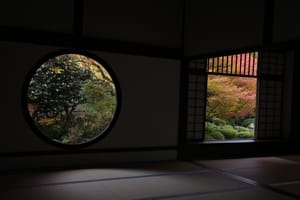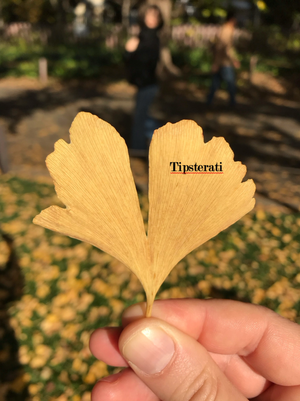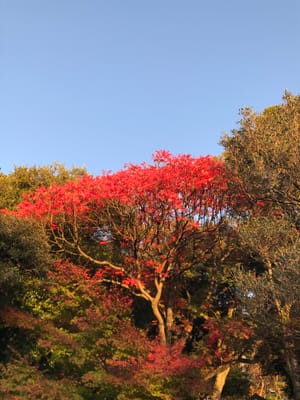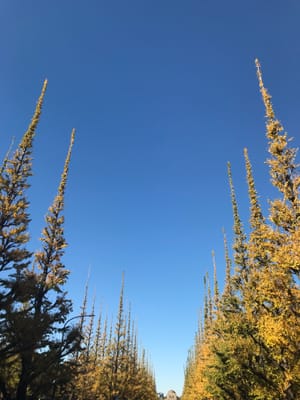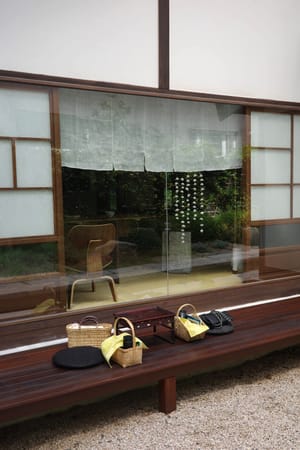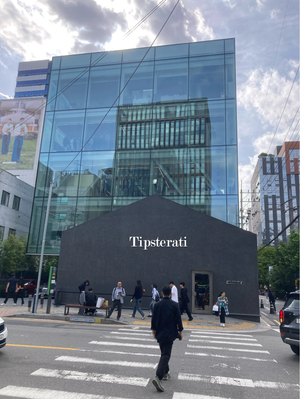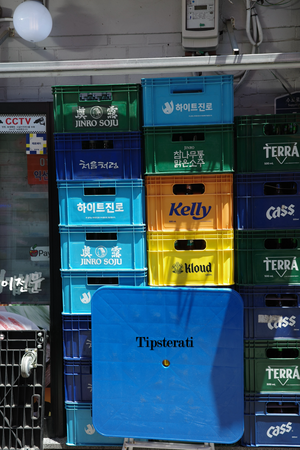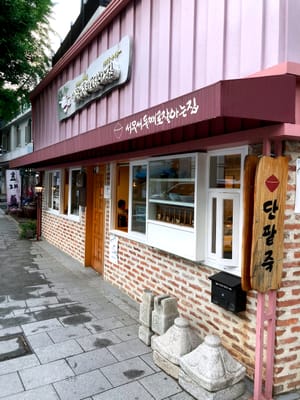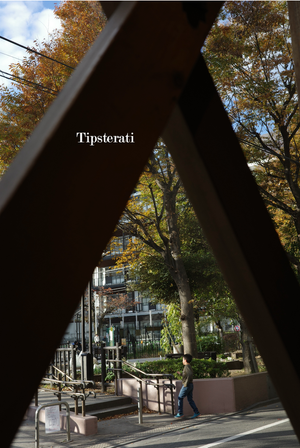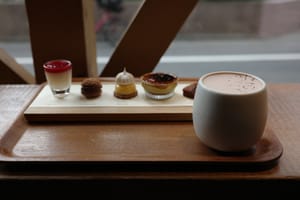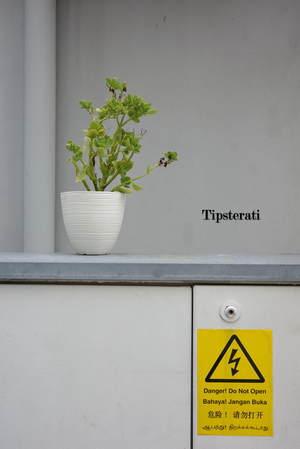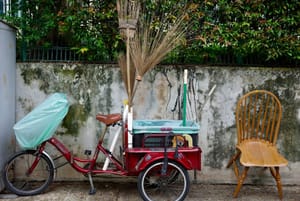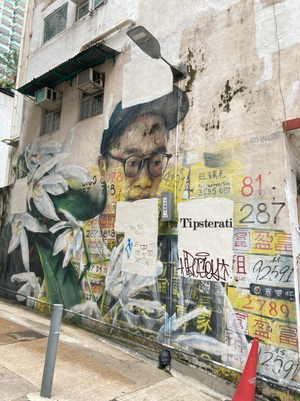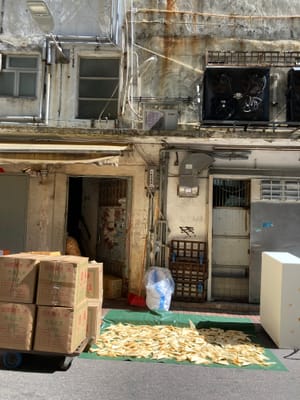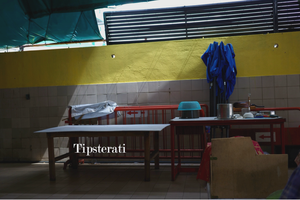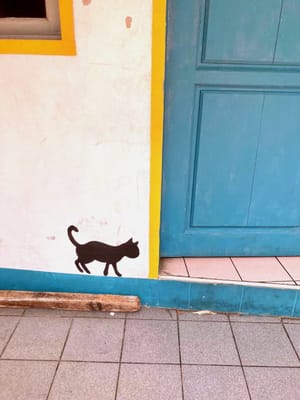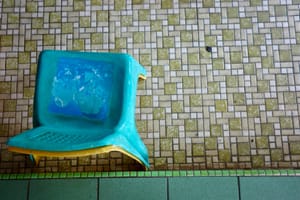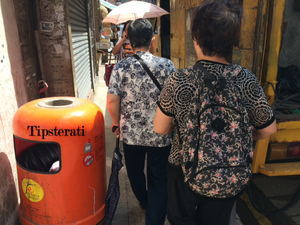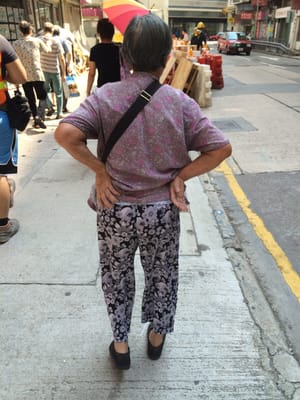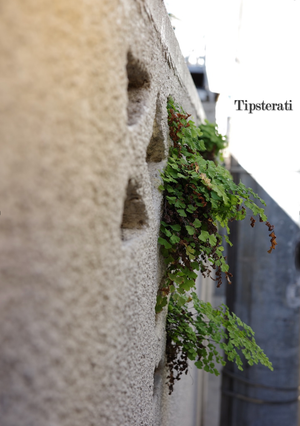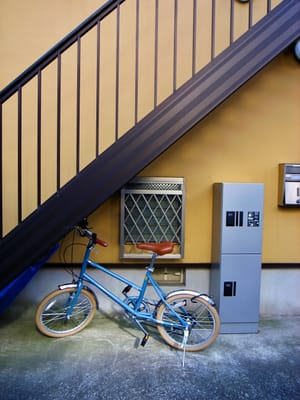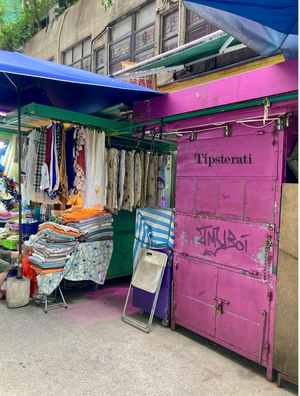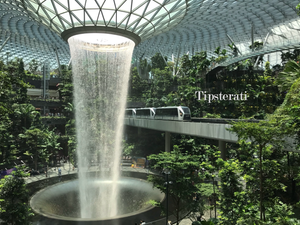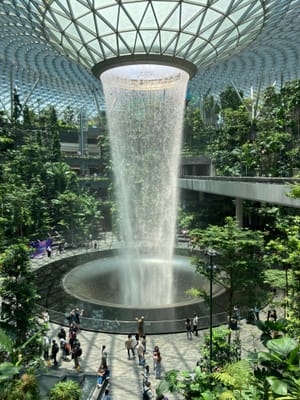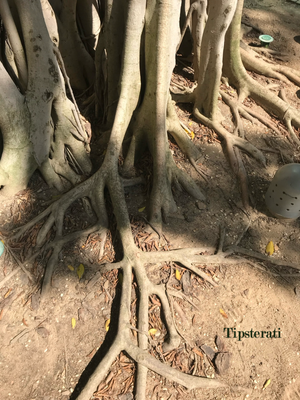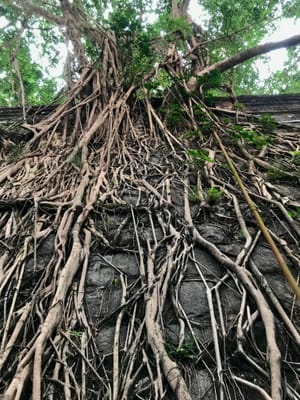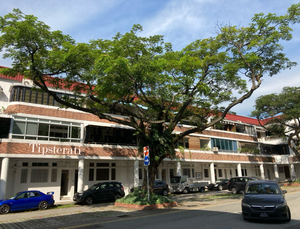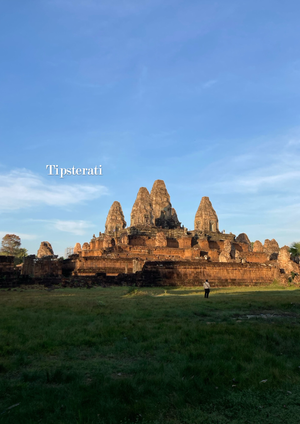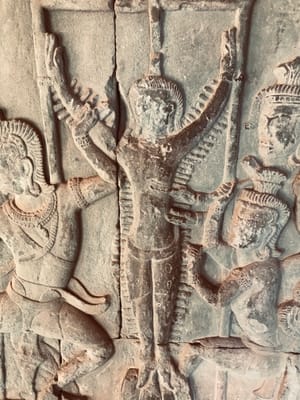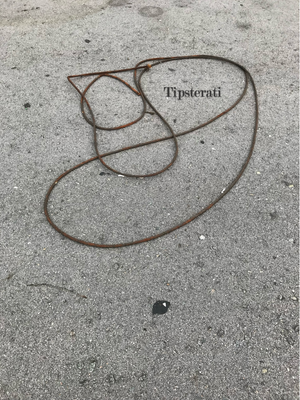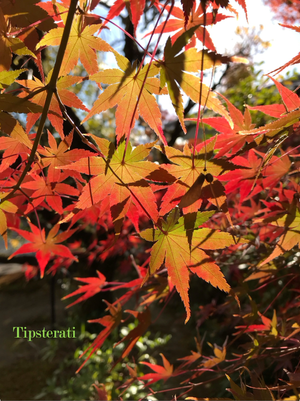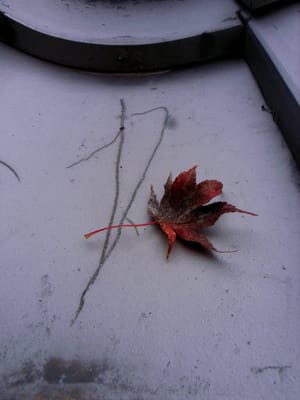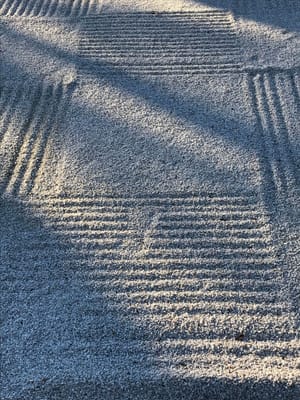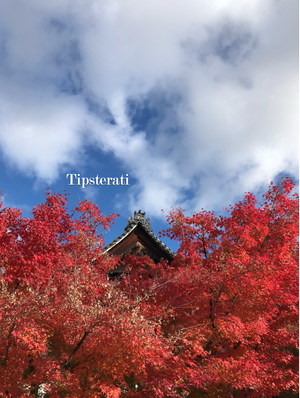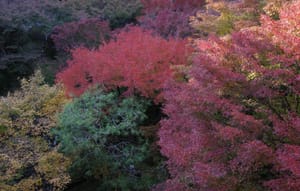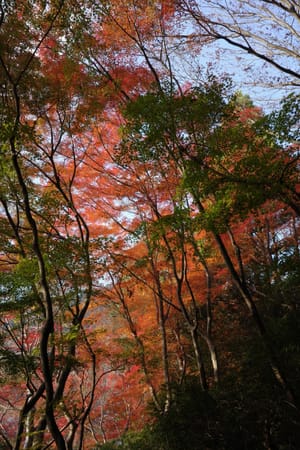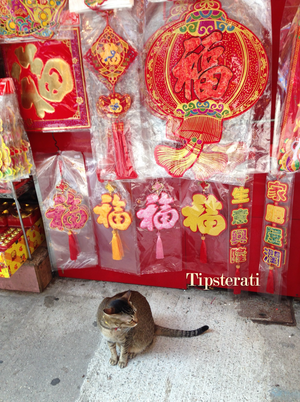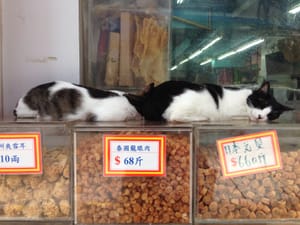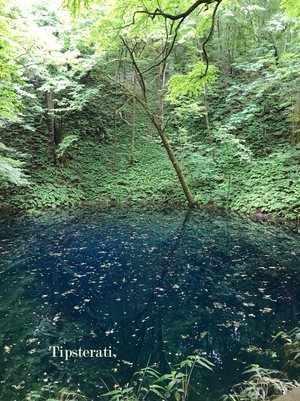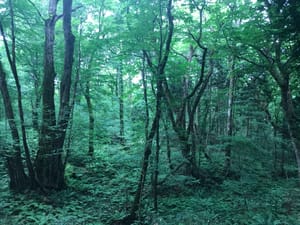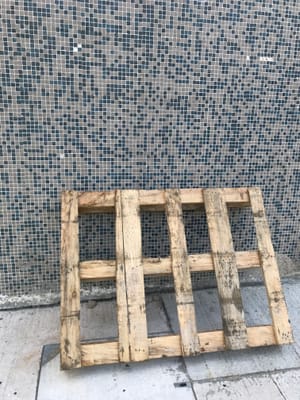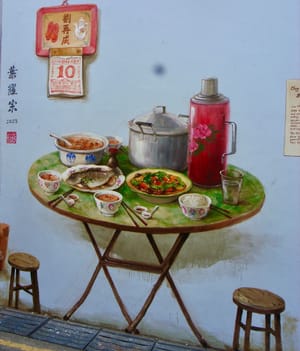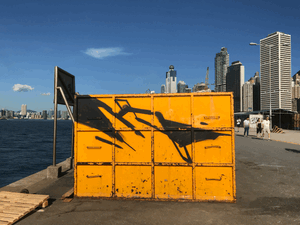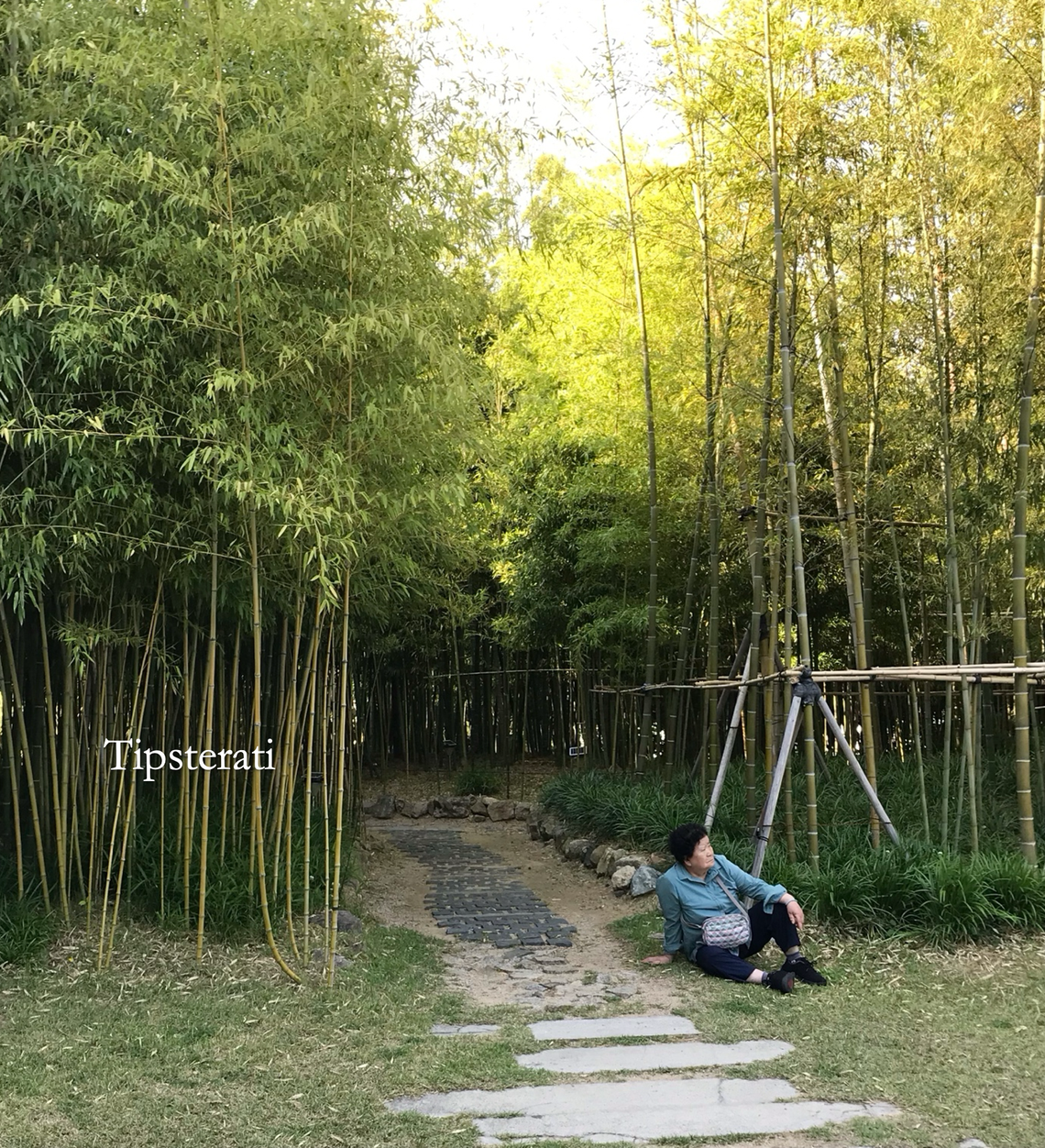
Busan
Busan has a different vibe from Seoul. Though it has areas that are just as glitzy and well-off, it’s also earthier and more relaxed. There is something about being by the sea that just sheds the weight off one’s shoulders. Geographically, Busan’s districts stretch along the coastline, resulting in a city that is quite spread out. Getting from Jagalchi to Hauendae takes an hour by public transport, for example. This is something to factor in as you plan your Busan itinerary.
You will need a reservation to visit Ochoryang. You can choose a docent-led 30-minute visit or a 90-minute tea session (which also allows you to wander about the house as you please). Do note that there will be a charge of about US$25-30 for tea at Ochoryang and the place is closed on Mondays and Tuesdays. A Busan local made the bookings for us, so I'm not completely sure how easy it will be for a non-Korean to make a reservation. It might be simpler for you to email ilmaclove@gmail.com for direct assistance or ask your hotel concierge for help.


©F.L.Blumberg 2024
If you’d like to read more about Ochoryang, this might be of interest.
Where to stay
Ocean2Heaven Hotel & Spa Nampo
The rooms are clean and modern and some of them have very nice views of the sea and the nearby port. The owner of this small hotel is a proud Busan native and when you check in, he will shower you with food and sight-seeing tips. Keunjip mentioned below was one of his recommendations. There is a spa next door and hotel guests can use it for free. The hotel location is excellent for Jagalchi market, Gukje market, and the shops in Nampo. The subway is nearby as well. The Jagalchi area might seem a little rough as it is a working-class neighbourhood, but we felt quite safe when returning to the hotel at night.
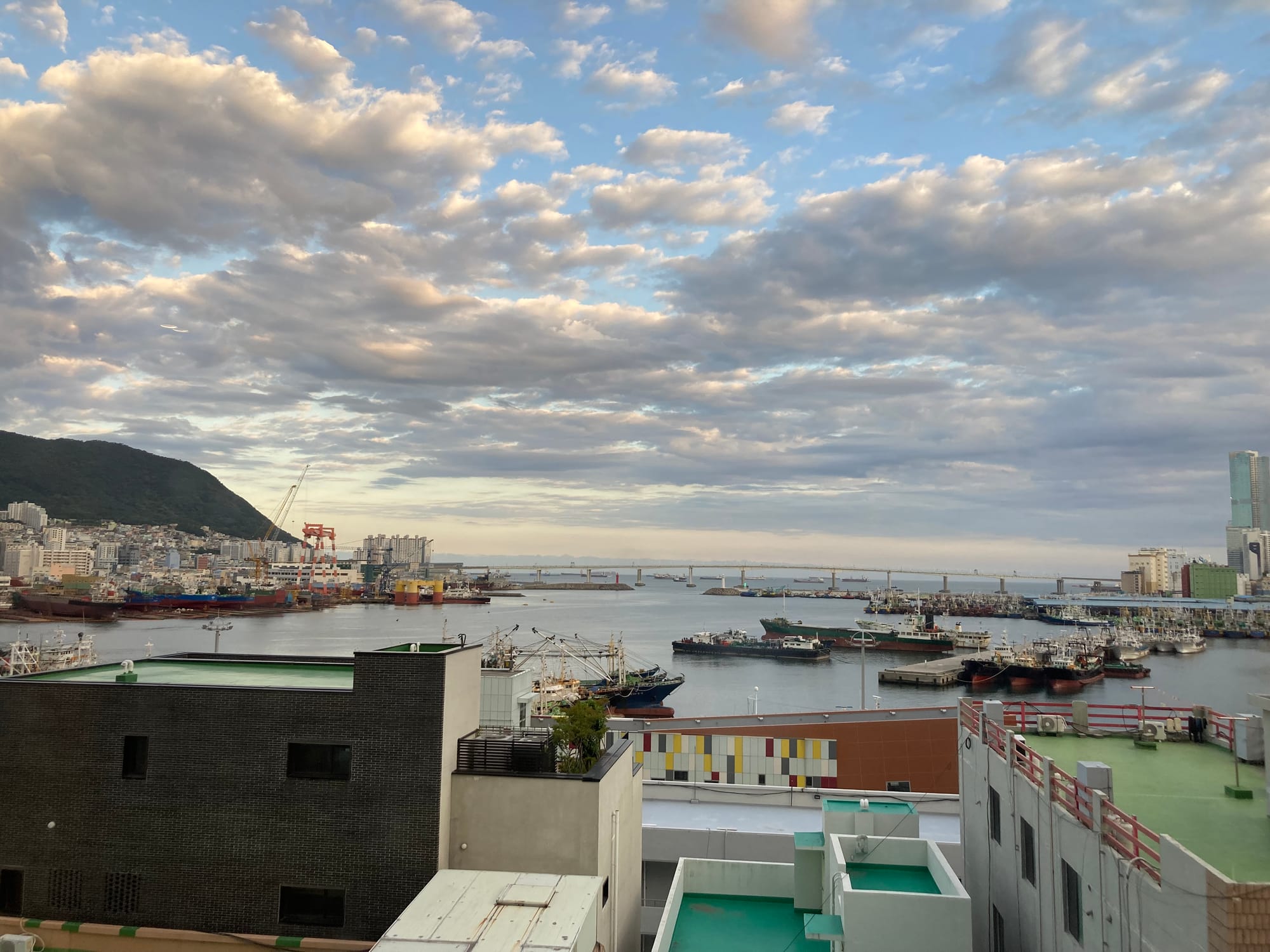
If you want to live it up in Haeundae, Busan’s well-known beach district, then head here. The Westin is right by the shore with wonderful views. It’s a little dated, but very well maintained and still an elegant and luxurious retreat. We didn’t spend too much time in Haeundae. From what we could tell, the area is slick, glossy, and expensive.
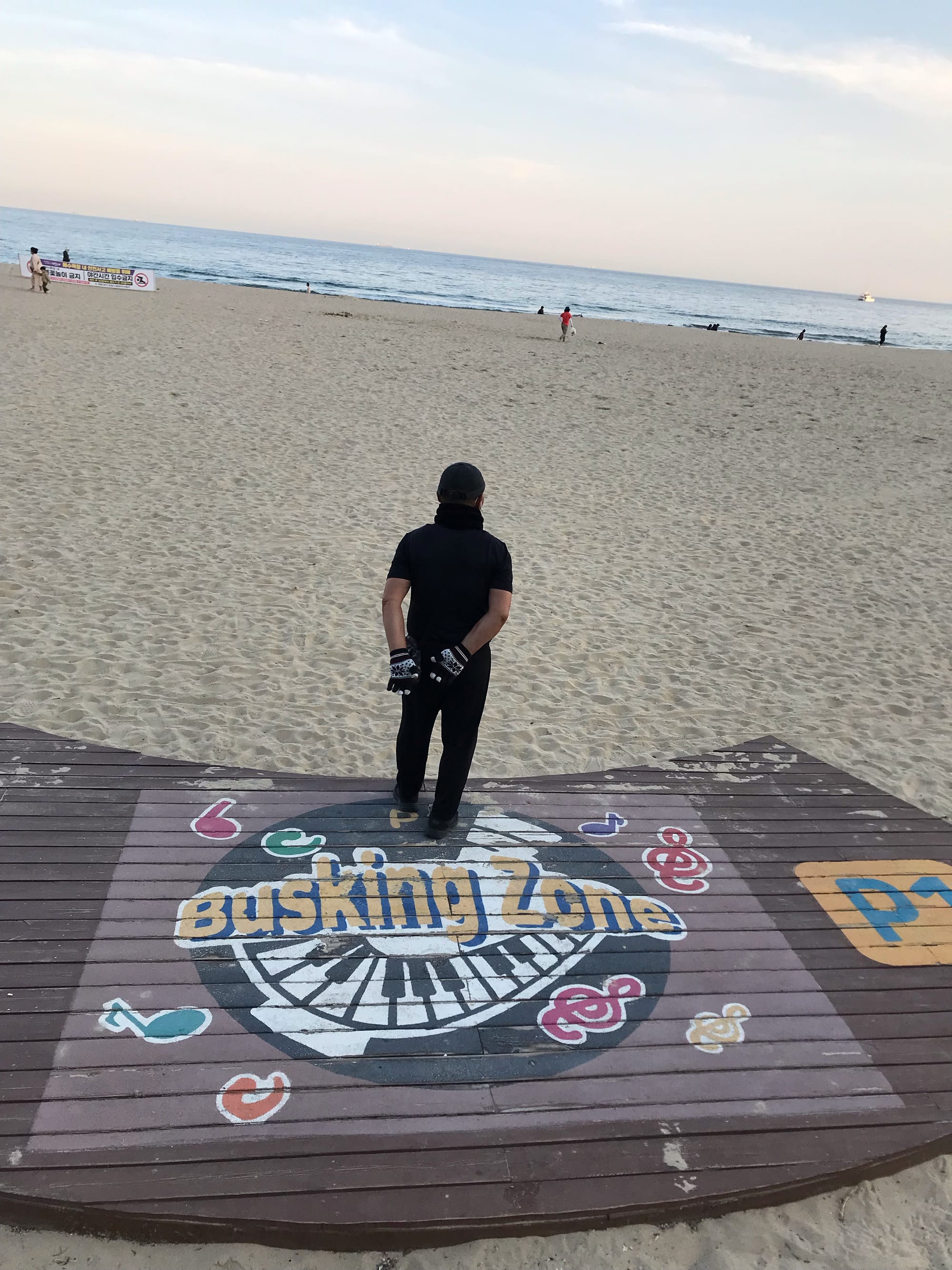
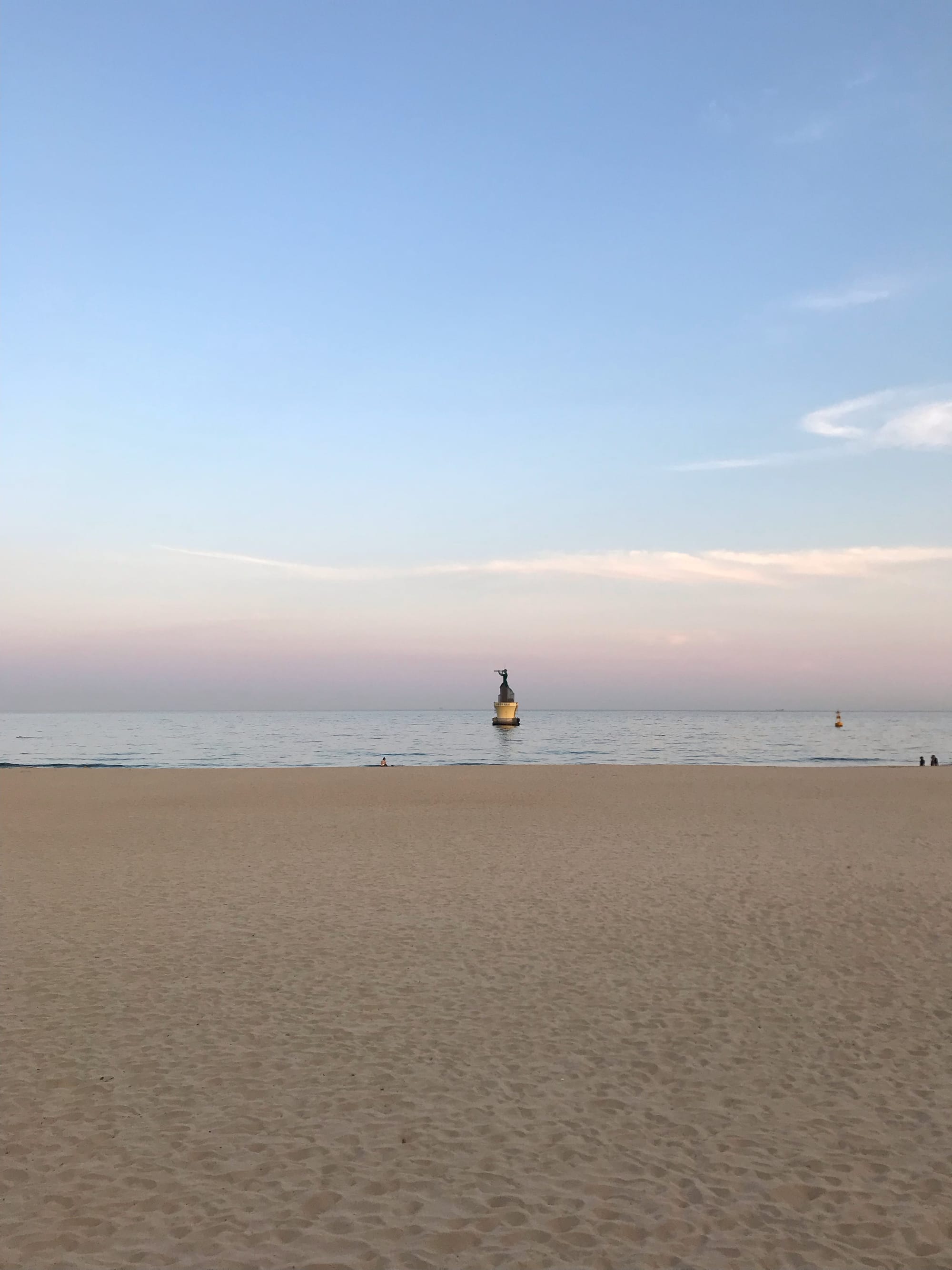
©F. L. Blumberg 2024
Do also check out Stayfolio’s Busan offerings. They have some eye-catching apartments and boutique hotels on their list. Just check to see whether the location works for you.
Where to eat
Jagalchi market
52 Jagalchihaean-ro, Jung-gu, Busan, South Korea
We were in two minds as to whether Jagalchi market would be worth doing or not. Would it be a tourist trap? Or would it be a great one-of-a-kind experience? Overall, I would lean towards doing it. Yes, you might not always get the best deal on the seafood you purchase, but its freshness means you will be guaranteed an excellent meal.
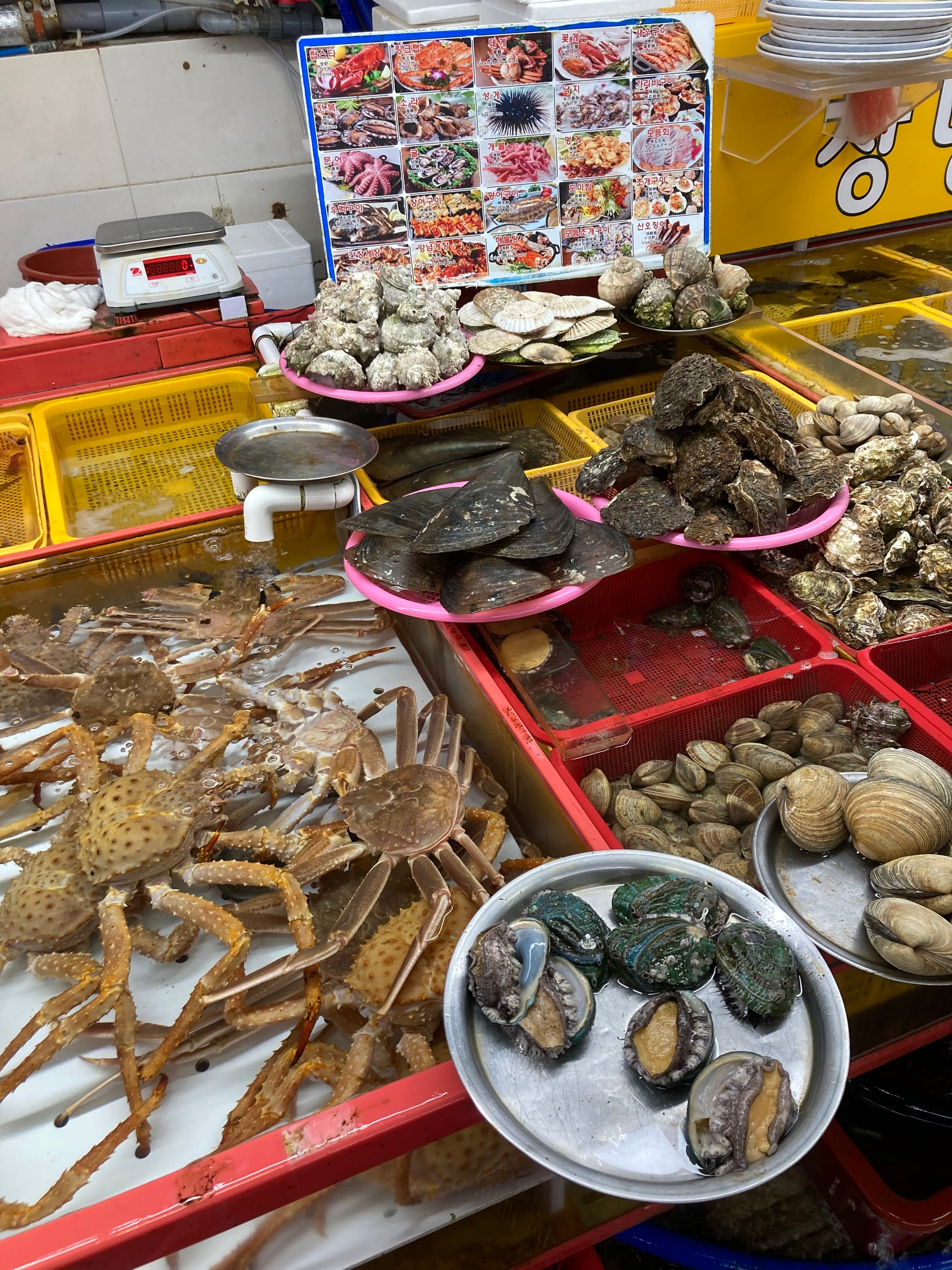
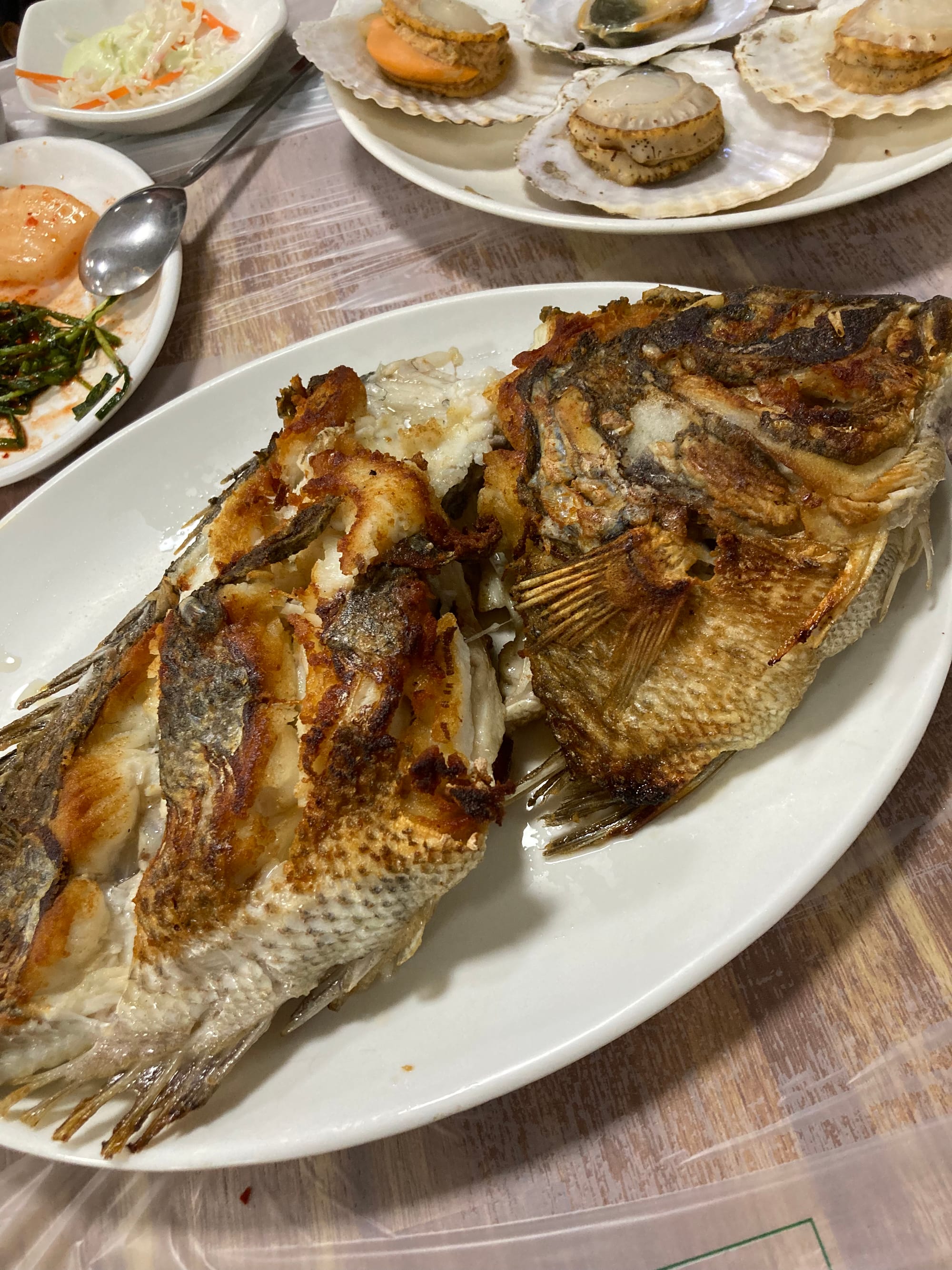
©Wendy Gan 2024
This is how it works: on the ground floor are numerous fresh seafood stalls. You choose a stall, choose your items, and bargain over the prices. Once you’ve done your deal and paid, the stall owners will hand you over to their partner, who will lead you upstairs to the dining area (while holding onto your purchases). You will be seated at a table and your seafood will be cooked according to your wishes: grilled, steamed, braised, stewed... You pay a flat-rate cooking charge (about US$20-25 for everything), and a per person plating charge (I think this was about US $5-10 per person and includes the numerous side dishes that every Korean meal comes with). Expect to pay US$40-60 per head in total (including the cost of your seafood). This figure could go up, of course, if you decide to splurge on crabs and lobsters. I’d recommend trying the abalone. This was one of the standout items in our meal.
Keunjip
19 Junggu-ro 24beon-gil, Jung-gu, Busan, South Korea
This is the one place I still drool over whenever my mind wanders back to Busan. The japchae (seasoned mung bean noodles with vegetables) was simply the best I’ve ever had—the noodles tender but with a chewy bite to them; the seasoning delicately sweet and garlicky. The seafood jeon (pancake) was generously loaded with prawns and squid. Plates and plates of delectable banchan (side dishes) filled the table. Which surprisingly even included ganjang gejang (raw marinated crabs) and golmok gejang (raw marinated prawns)—what they are known for. It was overwhelming, but we welcomed the surfeit. Even the humble salad with a pineapple dressing amongst the banchan was delicious. I’m convinced that they can do no wrong here. Come hungry and bask in the abundance!
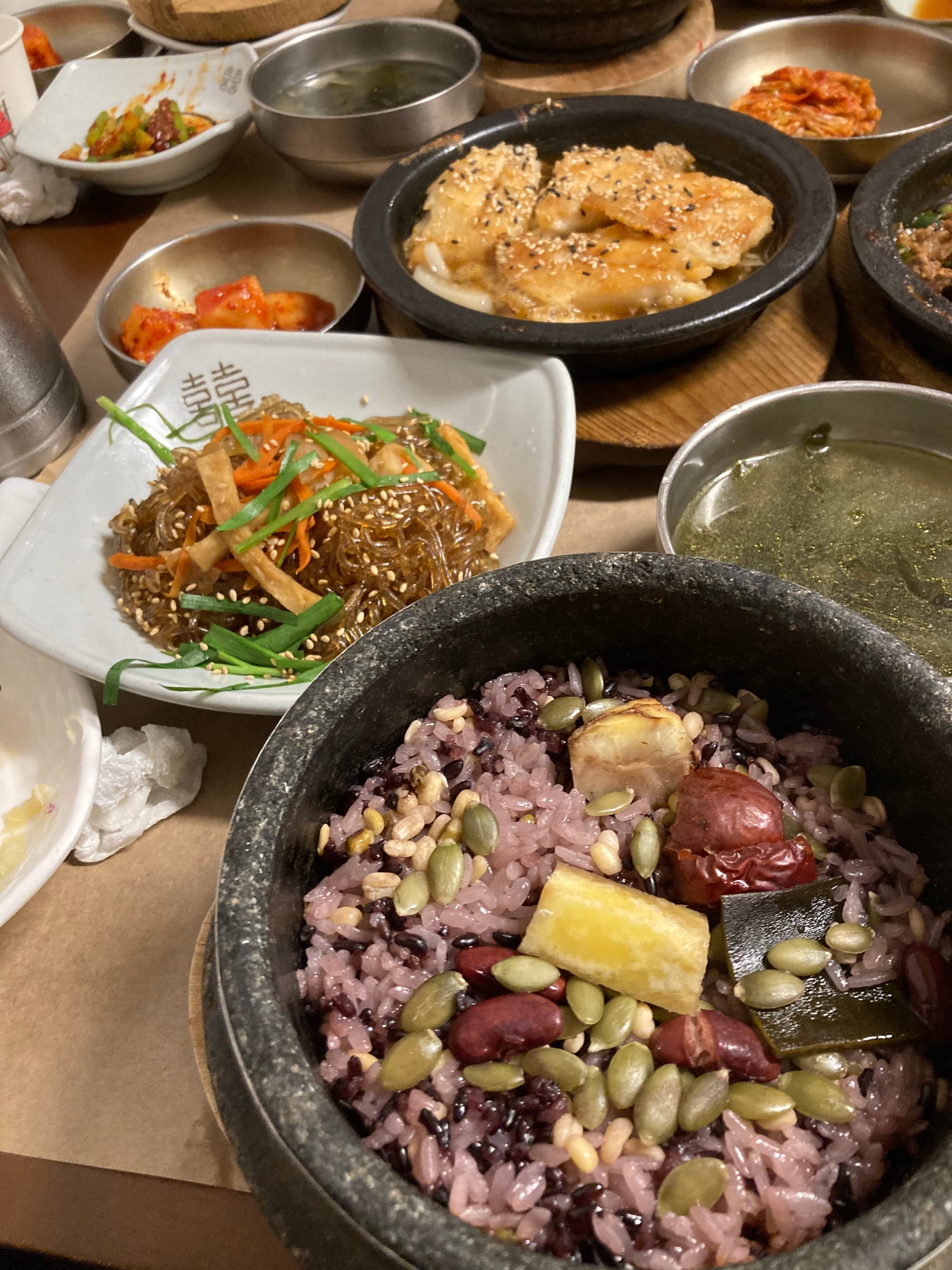
Bonjeon Dwaeji Gukbap
3-8 Jungang-daero 214beon-gil, Dong-gu, Busan, South Korea
Gukbap (rice soup) is a Busan specialty and the version popular here is pork gukbap. It’s a simple dish. A long-simmered pork broth is poured over cooked rice and the bowl laden with slices of tender pork and sliced spring onion. It’s a comforting dish, hearty but not overly heavy. The chives kimchi, which comes automatically as a side dish, is also excellent. If you need a meal near Busan train station, this is a good place to go.
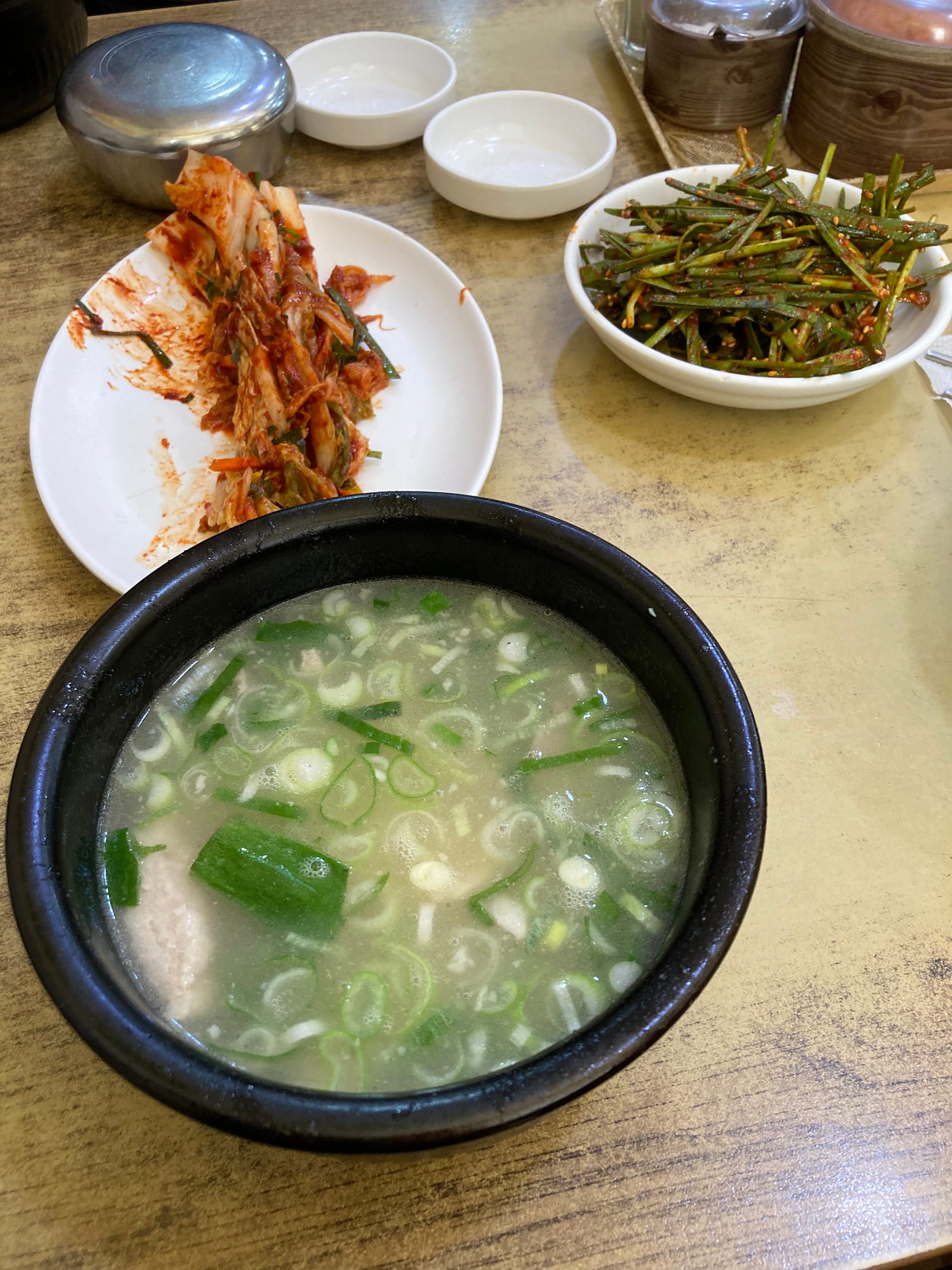
Original Eonyang Bulgogi 원조언양불고기
16 Gwangnam-ro 84beon-gil, Suyeong-gu, Busan, South Korea
This is a great place for beef and bulgogi (marinated beef) BBQ. The kimchi stew is also superb and I would highly recommend ending your meal with it. There are a number of bulgogi eateries with Eonyang in their names nearby, so make sure you use the Korean hangul name to get to the right one! If you need a walk to help digest your meal after, Gwangalli beach is very close by and perfect for an evening stroll.
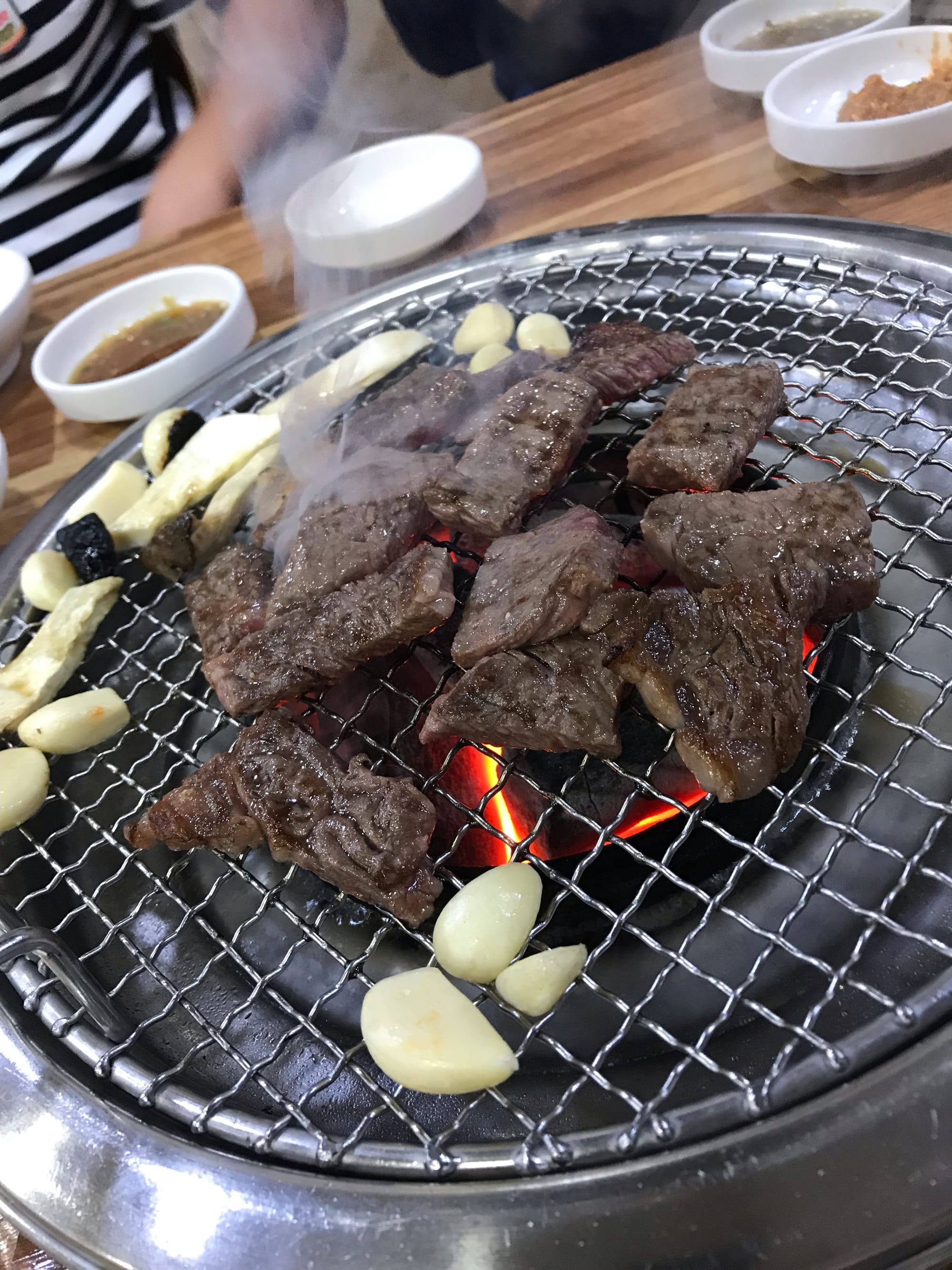
Make sure to eat…
Ssiat Hotteok
Hotteok is a fried wheat and rice flour yeasted dough usually stuffed with brown sugar and nuts. The Busan version, ssiat hotteok, is slit on the side and packed with a mix of sugar and pumpkin and sunflower seeds instead. It’s a crispy and delightful street snack and, if you make your way to Busan International Film Festival (BIFF) Square, you should find two street vendors of ssiat hotteok right next to each other.
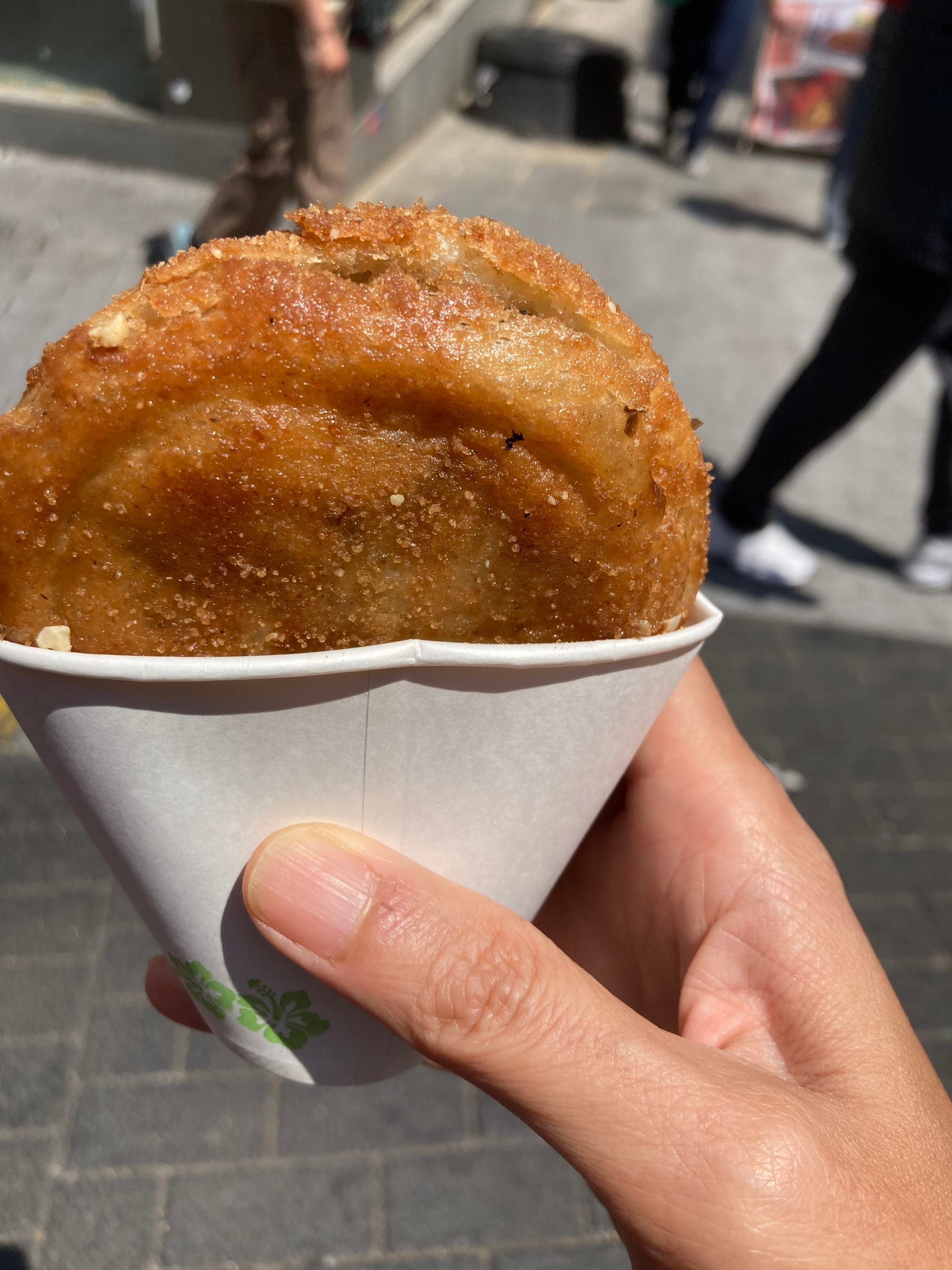
Our Seoul Tipsterati Part 2 also has some useful advice on navigation and translation apps that will apply here too.
